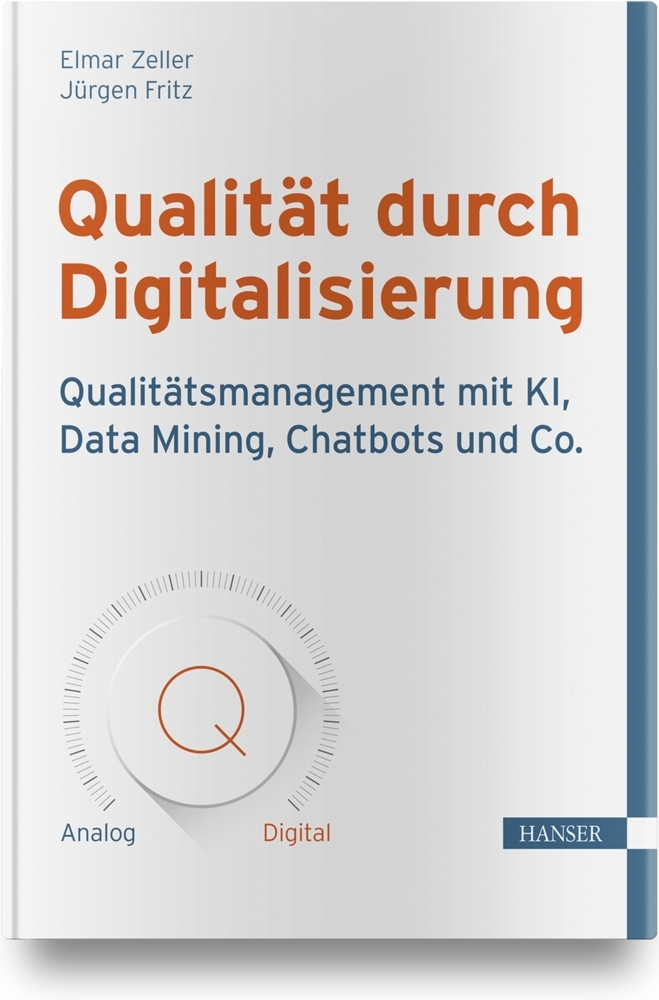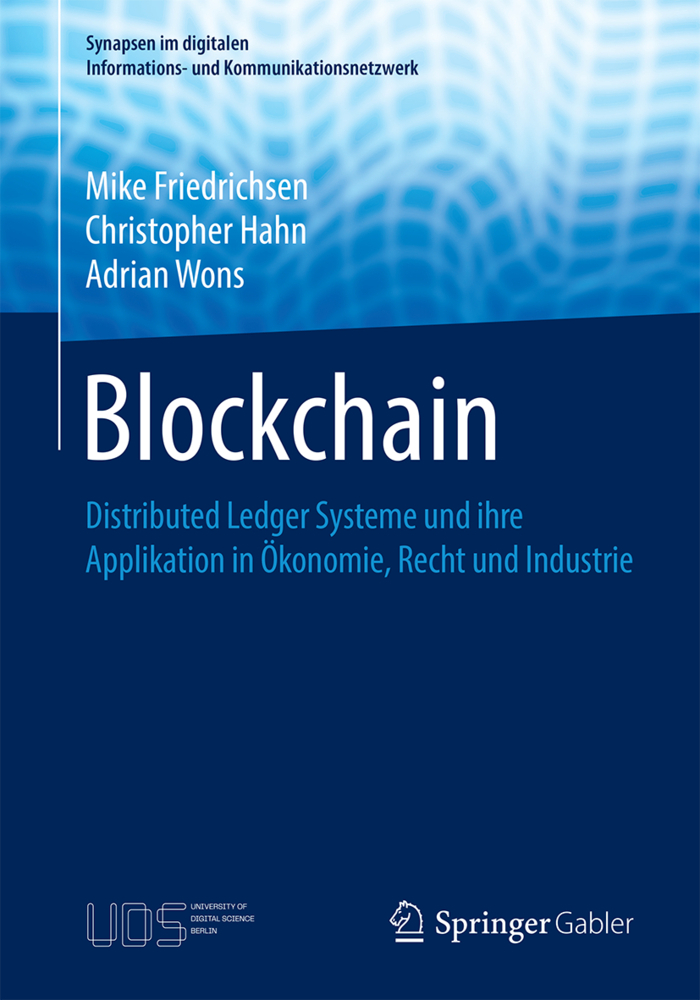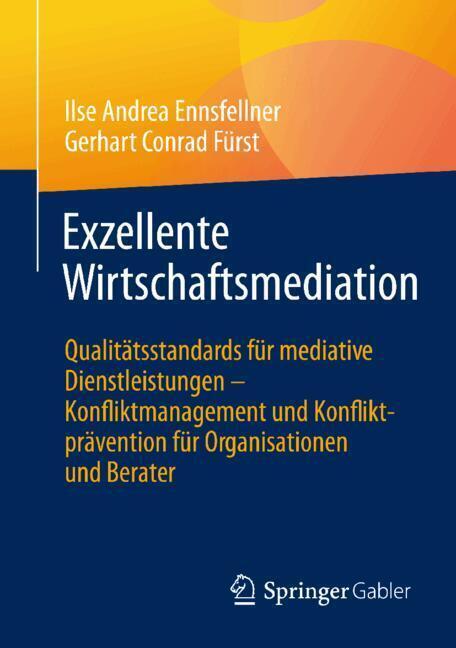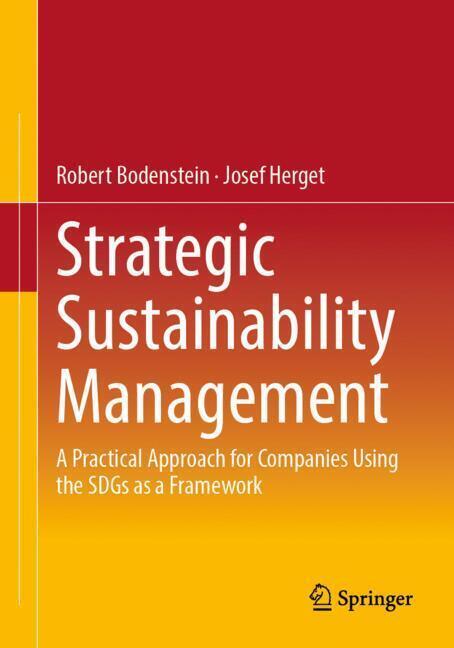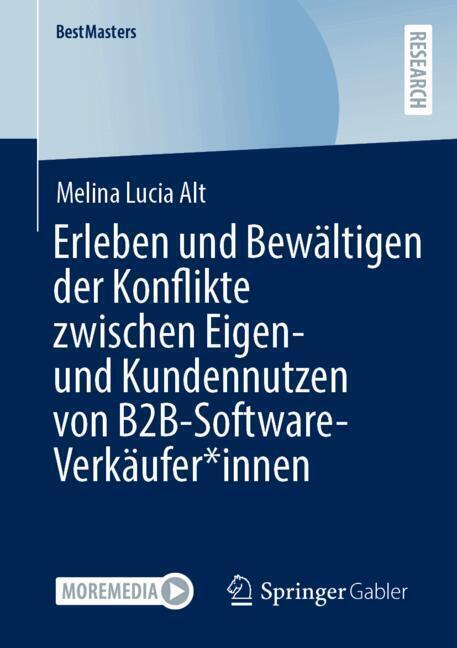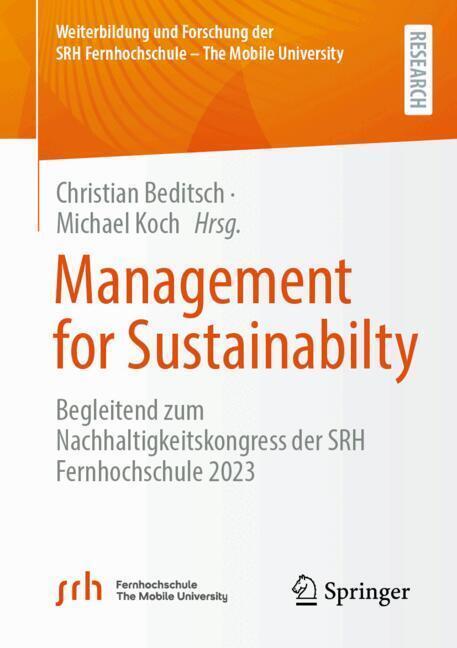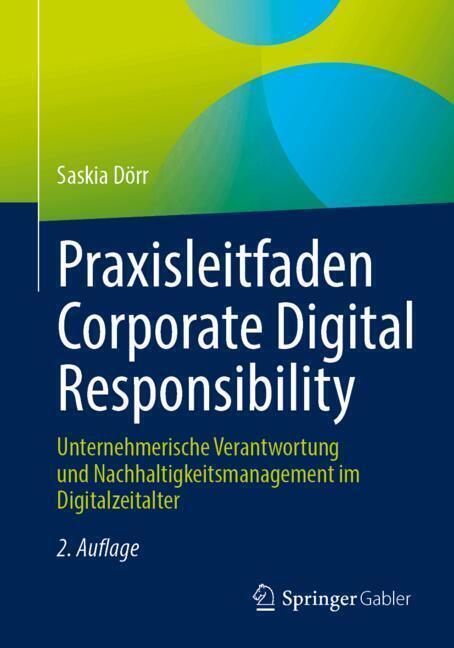Emergency Driven Innovation
Low Tech Buildings and Circular Design
Emergency Driven Innovation
Low Tech Buildings and Circular Design
This book explores the relationship between the circular economy and the building technologies within the quintuple helix innovation model. The main question the book answers is whether and how the conversion of sustainable construction processes can be a powerful engine of innovation for the industry. The post-disaster settlements and temporary shelters are assumed as examples of what can be defined as circular buildings in regards to the technical arrangements and features, material and process reversibility, as the social and participative dimensions.
Several cases of these interventions are documented and classified by three thematic axes: design, building and living. This highlighted new trajectories for innovation in building technology, consistent with the social, economic and productive dynamics that no longer allows for growing performance by increasing the resource demand. A theoretic framework is traced supporting this vision, which shows how the low technologies can respond to the transition of the economic model from linear to circular. Within this trajectory, the low-tech design for remanufacturing represents a reference framework and a promising tool applicable to the building processes.
The enabling technologies and new paradigms for the transition to circular economy emerging from the European research scenario are also mapped, outlining z`the possible future developments in line with open technical and societal challenges.
Chapter 3. Beyond Emergency, Toward Circular Design: Building Low Tech
Chapter 4. Assessing the Circular Potential. Design, Build, Living Reversible
Chapter 5. Building Strategies for Circular Economy. New Visions and Knowledge Production for European Research.
Several cases of these interventions are documented and classified by three thematic axes: design, building and living. This highlighted new trajectories for innovation in building technology, consistent with the social, economic and productive dynamics that no longer allows for growing performance by increasing the resource demand. A theoretic framework is traced supporting this vision, which shows how the low technologies can respond to the transition of the economic model from linear to circular. Within this trajectory, the low-tech design for remanufacturing represents a reference framework and a promising tool applicable to the building processes.
The enabling technologies and new paradigms for the transition to circular economy emerging from the European research scenario are also mapped, outlining z`the possible future developments in line with open technical and societal challenges.
Chapter 1. Building in Emergency: Low-Tech Driven Innovations
Chapter 2. Technologies for Building After Disaster: A Critical ReviewChapter 3. Beyond Emergency, Toward Circular Design: Building Low Tech
Chapter 4. Assessing the Circular Potential. Design, Build, Living Reversible
Chapter 5. Building Strategies for Circular Economy. New Visions and Knowledge Production for European Research.
Antonini, Ernesto
Boeri, Andrea
Giglio, Francesca
| ISBN | 978-3-030-55971-7 |
|---|---|
| Artikelnummer | 9783030559717 |
| Medientyp | Buch |
| Copyrightjahr | 2021 |
| Verlag | Springer, Berlin |
| Umfang | XIX, 179 Seiten |
| Abbildungen | XIX, 179 p. 83 illus. |
| Sprache | Englisch |




